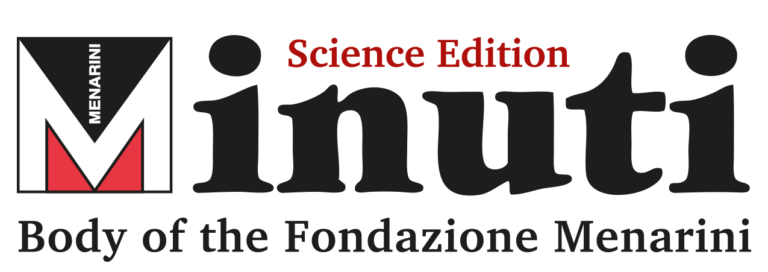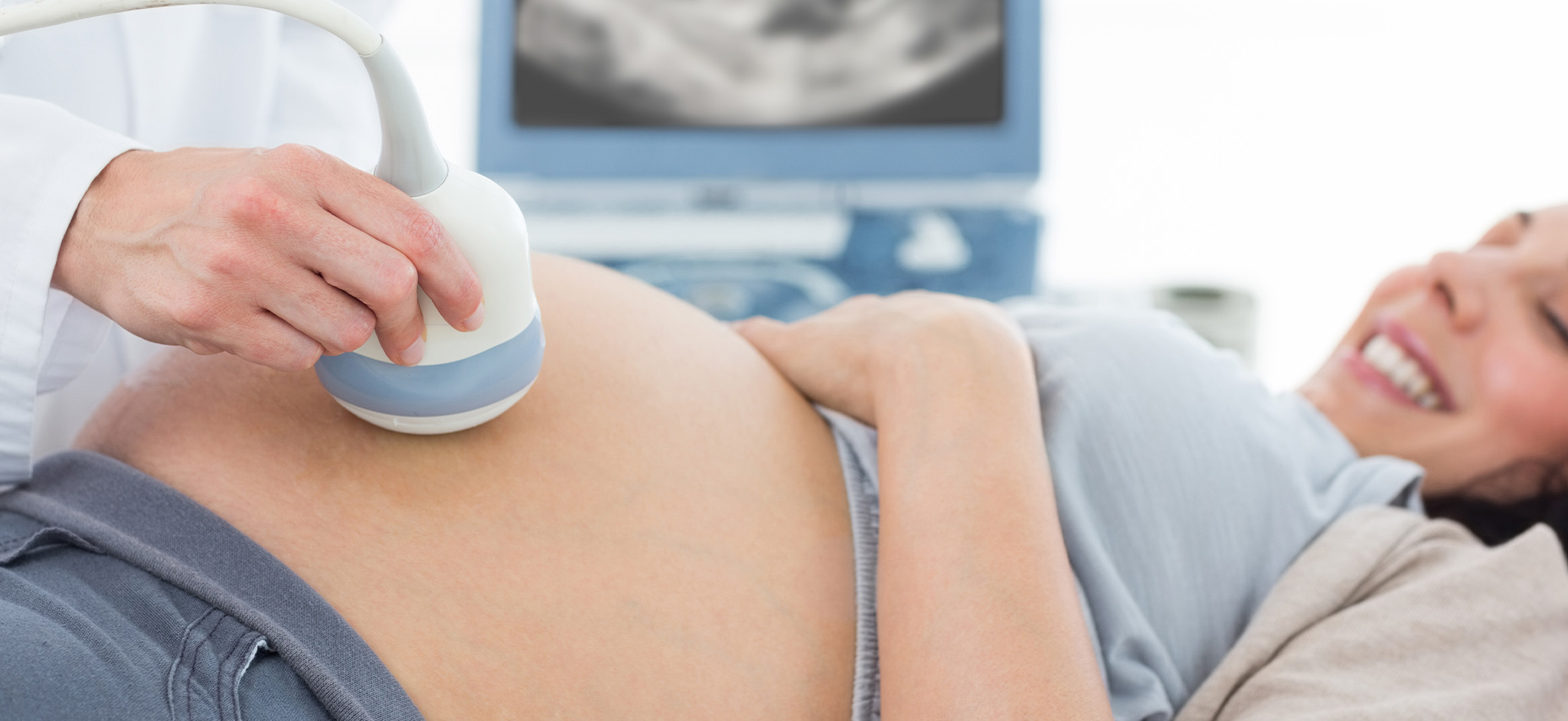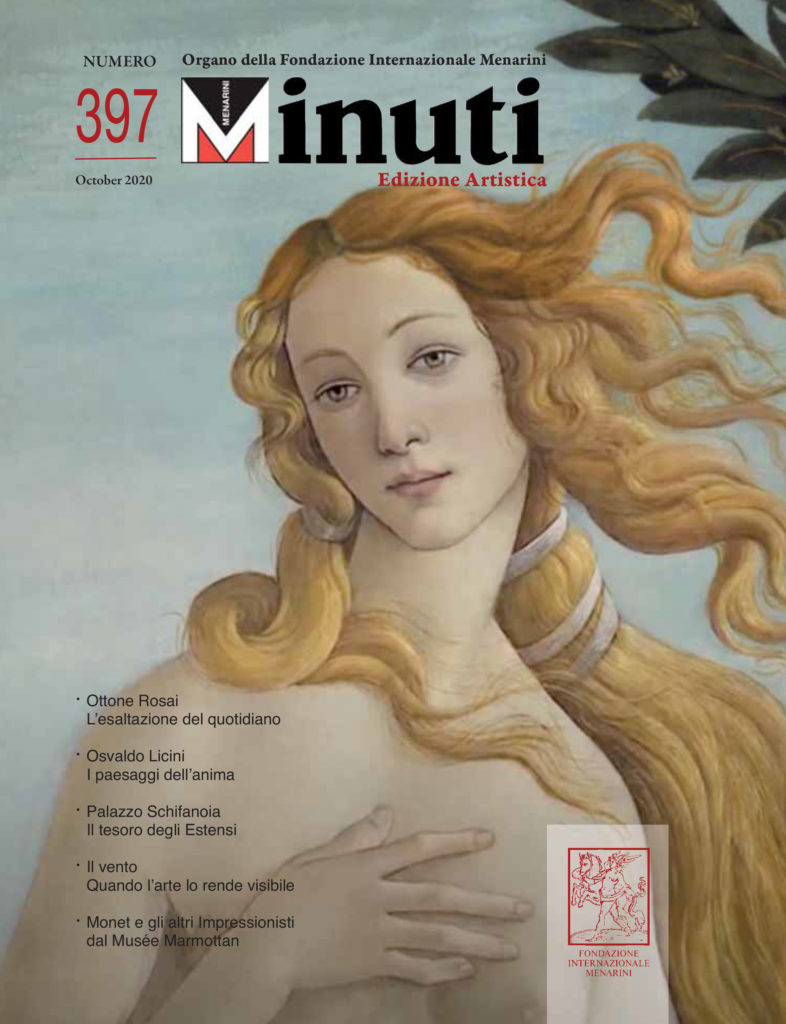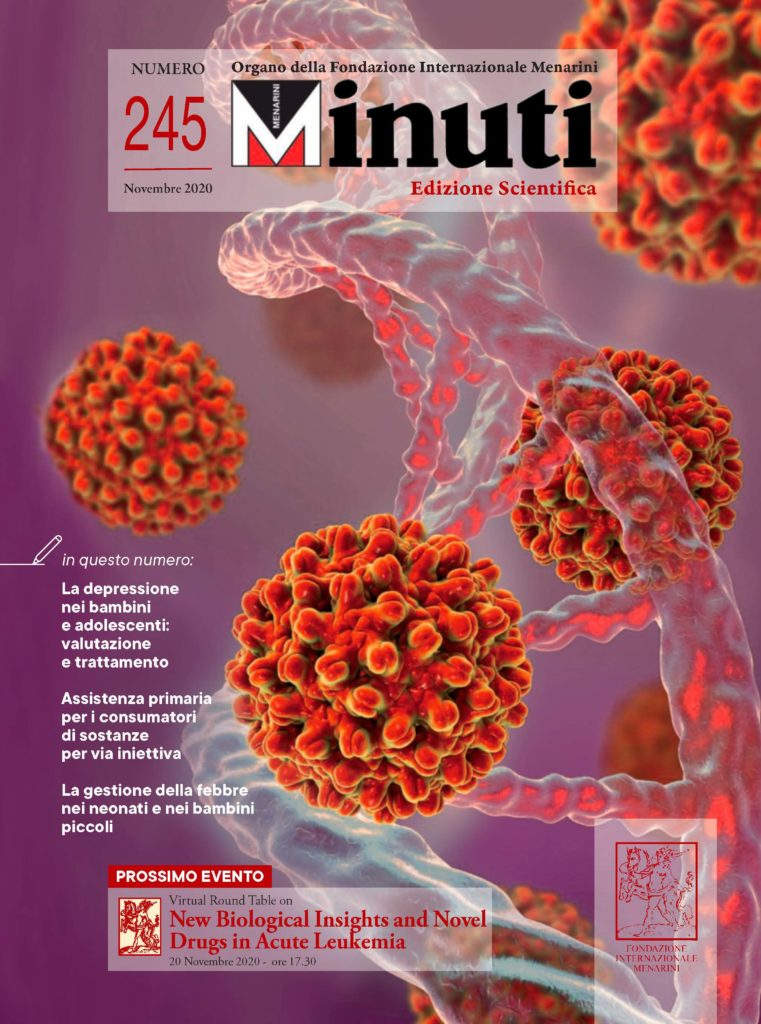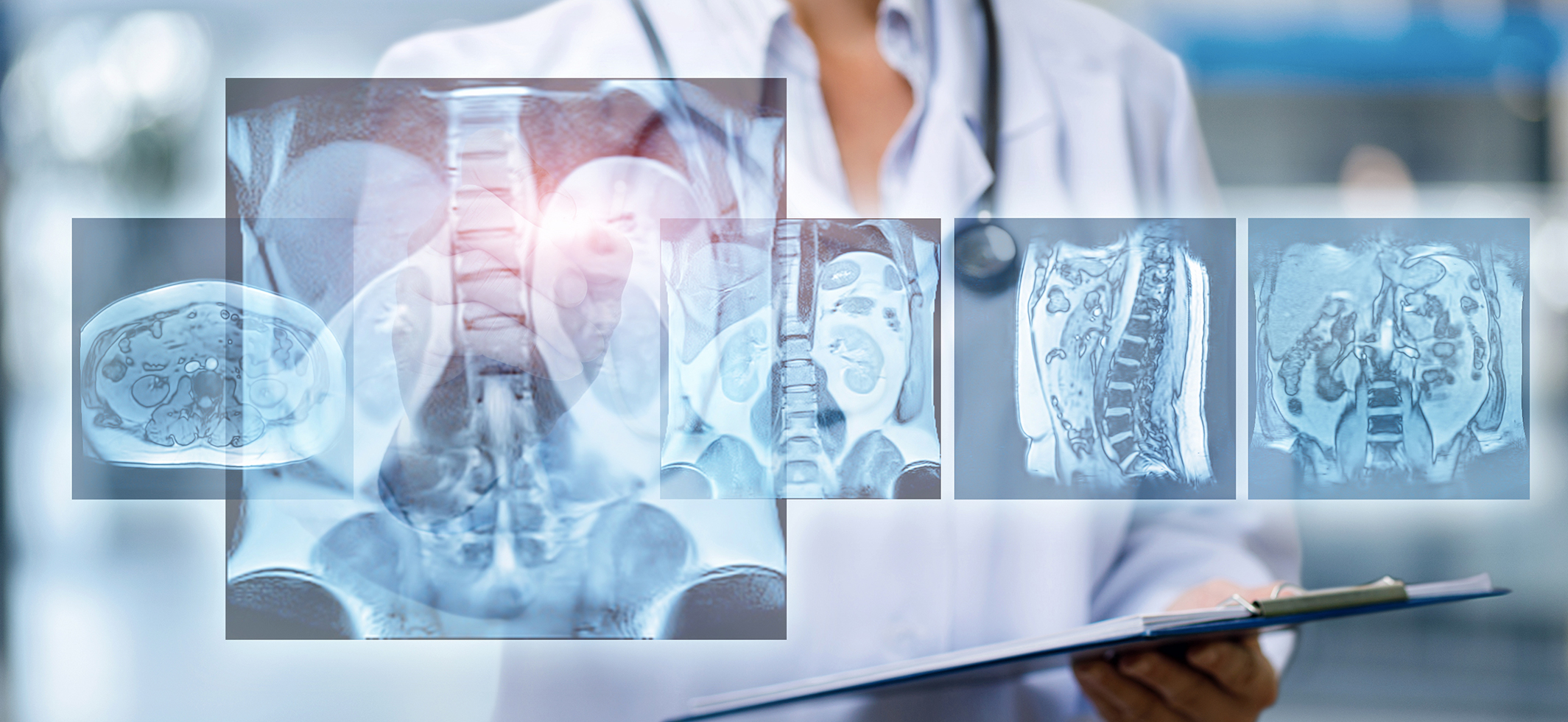
Diagnostic Imaging: Appropriate and Safe Use
di Brian Ford, Michael Dore, Paul Moullet • April 2021
The use of diagnostic radiography has doubled in the past two decades. Image Gently (children) and Image Wisely (adults) are multidisciplinary initiatives that seek to reduce radiation exposure by eliminating unnecessary procedures and offering best practices. Patients with an estimated glomerular filtration rate less than 30 mL per minute per 1.73 m2 may have increased risk of nephropathy when exposed to iodinated contrast media and increased risk of nephrogenic systemic fibrosis when exposed to gadolinium-based contrast agents. American College of Radiology Appropriateness Criteria can help guide specific diagnostic imaging choices. Noncontrast head computed tomography is the first-line modality when a stroke is suspected. Magnetic resonance imaging stroke protocols and computed tomography perfusion scans can augment evaluation and potentially expand pharmacologic and endovascular therapy timeframes. Imaging should be avoided in patients with uncomplicated headache syndromes unless the history or physical examination reveals red flag features. Cardiac computed tomography angiography, stress echocardiography, and myocardial perfusion scintigraphy (nuclear stress test) are appropriate for patients with chest pain and low to intermediate cardiovascular risk and have comparable sensitivity and specificity. Computed tomography pulmonary angiography is the preferred test for high-risk patients or those with a positive d-dimer test result, and ventilation-perfusion scintigraphy is reserved for patients with an estimated glomerular filtration rate less than 30 mL per minute per 1.73 m2 or a known contrast allergy. Computed tomography with intravenous contrast is preferred for evaluating adults with suspected appendicitis; however, ultrasonography should precede computed tomography in children, and definitive treatment should be initiated if positive. Ultrasonography is the first-line modality for assessing right upper quadrant pain suggestive of biliary disease. Mass size and patient age dictate surveillance recommendations for adnexal masses. Imaging should not be performed for acute (less than six weeks) low back pain unless red flag features are found on patient history. Ultrasonography should be used for the evaluation of suspicious thyroid nodules identified incidentally on computed tomography.
(Am Fam Physician. 2021;103(1): 42-50. Copyright © 2021 American Academy of Family Physicians.)
(Am Fam Physician. 2021;103(1): 42-50. Copyright © 2021 American Academy of Family Physicians.)
Related Articles
Management of Late-Term and Postterm Pregnancy
di
Dr.ssa Breanna Gawrys, Dr.ssa Diana Trang, Dr.ssa Whay Cheng
September 2025
Highlights
di
Aaron Saguil, Matthew V. Fargo
∙
February 2021

